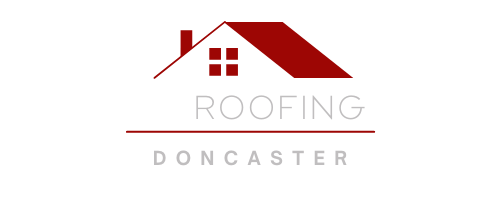Wind Damage to Roofs: The Often Overlooked Areas That Need Immediate Attention
Strong winds can cause significant damage to roofs, often in areas that homeowners may overlook. While obvious signs of wind damage, such as missing tiles or shingles, are easy to spot, there are many less visible issues that can lead to long-term problems if not addressed promptly. At EF Roofing Doncaster, we specialise in identifying and repairing wind damage to roofs in Doncaster, South Yorkshire. In this blog, we’ll highlight the often-overlooked areas of your roof that need immediate attention after strong winds.
The Impact of Wind on Your Roof
Wind can cause both visible and hidden damage to your roof. High winds can dislodge or loosen tiles, create gaps in flashing, and put strain on roof structures, especially if your roof is already weakened by age or previous wear. It’s important to inspect your roof thoroughly after a storm, as even minor issues can escalate into serious problems over time.
Overlooked Areas That Require Immediate Attention
1. Roof Ridge and Hip Tiles
The roof ridge and hips, where sloped sides of the roof meet, are particularly vulnerable to wind damage. The wind can lift or loosen ridge tiles, creating gaps that allow water to seep into the roof’s structure. This can lead to leaks and water damage if not promptly repaired.
Loose or dislodged ridge and hip tiles are easy to miss because they are located at the highest point of the roof. It’s important to have a professional inspect these areas after strong winds to ensure they remain secure.
2. Flashing Around Chimneys and Vents
Flashing is the metal or rubber material used to seal gaps between the roof and chimneys, vents, or skylights. During high winds, flashing can become loose or cracked, allowing water to enter through the gaps. Even small separations in the flashing can lead to significant water ingress, causing damage to the interior of your home.
Since flashing is often tucked away or located in less visible areas, it’s crucial to inspect these spots after a storm to prevent water damage that may not be immediately apparent.
3. Gutters and Downspouts
While gutters and downspouts aren’t technically part of the roof, they play an essential role in protecting it. High winds can cause gutters to become detached or clogged with debris, leading to poor drainage. Water that overflows from damaged or blocked gutters can pool around the roofline, increasing the risk of leaks and damage to the roof’s fascia and soffit boards.
Inspecting and cleaning your gutters after a storm ensures proper water drainage and prevents further damage to your roof’s structure.
4. Soffits and Fascia Boards
Soffits and fascia boards are the components that sit just below the roofline, protecting the rafters and supporting the lower edge of the roof. These areas are often overlooked during post-storm inspections, but they are particularly vulnerable to wind damage. If wind loosens or damages the soffits and fascia, it can lead to moisture entering the roof, promoting rot or mould growth over time.
A professional inspection of these areas can help prevent further damage by addressing any issues before they escalate.
5. Shingle or Tile Edges
The edges of your roof, where shingles or tiles meet the roofline, are more exposed to wind than the interior sections of the roof. Wind can catch the edges of shingles or tiles, lifting them slightly, even if they don’t appear to be missing. Once lifted, these tiles or shingles are more vulnerable to future storms, and water can start to penetrate underneath, causing damage to the underlayment and structure.
It’s important to inspect the perimeter of your roof after a storm to ensure no tiles or shingles have been loosened, as this can prevent more significant damage in the future.
6. Roof Underlayment
The underlayment is the protective layer between the roofing material (like tiles or shingles) and the roof deck. Strong winds can cause tiles or shingles to shift, exposing the underlayment to the elements. While this isn’t immediately visible, over time, the exposure can lead to leaks, water damage, and mould growth.
Having a professional roofing inspection ensures that any damage to the underlayment is identified and repaired before it affects the overall structure of the roof.
Why Professional Inspections Are Essential
Wind damage can be subtle, and the full extent of the damage may not always be visible from the ground. That’s why it’s essential to have a professional roofing contractor conduct a thorough inspection after strong winds or storms. At EF Roofing Doncaster, our experienced team is trained to spot the hidden signs of wind damage and can provide expert repairs to ensure your roof remains in top condition.
Conclusion
Wind damage to your roof can lead to serious issues if not addressed promptly. While missing tiles or shingles are obvious indicators of damage, there are many other areas that are often overlooked but require immediate attention to prevent long-term problems. From roof ridge tiles and flashing to soffits and fascia boards, a professional inspection can help identify these vulnerable areas and ensure that your roof is fully protected.
Call us on: 01302 490 886
Click here to find out more about EF Roofing Doncaster
Click here to complete our contact form and see how we can help with your roof needs.

